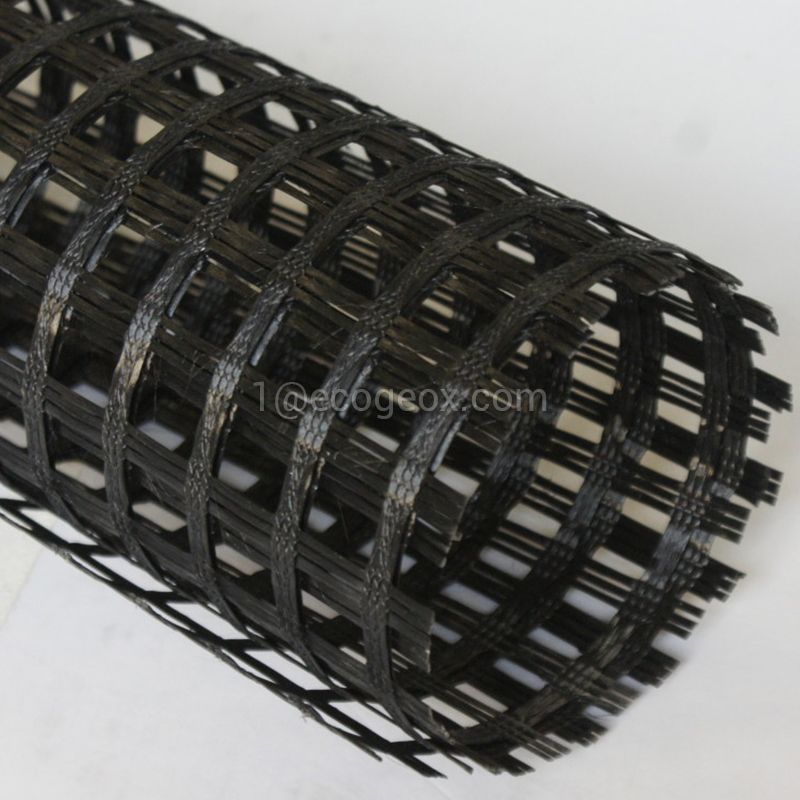Specifications for Installing Geogrid in Retaining Walls
Installing geogrid in retaining wall is a critical aspect of ensuring their stability and longevity. Geogrids are synthetic materials designed to reinforce soil, preventing it from shifting or eroding under pressure. When properly installed, geogrids can significantly enhance the structural integrity of retaining walls, allowing them to withstand the forces exerted by soil and water. In this comprehensive guide, we will explore the specifications and best practices for installing geogrid in retaining walls to ensure optimal performance and durability.

What are Geogrids?
Geogrids are high-strength polymer materials characterized by a grid-like structure. They are commonly made from materials such as polyester, polyethylene, or polypropylene, which are resistant to chemical degradation and environmental factors. The primary function of geogrids is to provide reinforcement to soil, increasing its tensile strength and preventing lateral movement. By interlocking with the soil particles, geogrids create a stable foundation that enhances the stability of retaining walls.
Types of Geogrids
There are various types of geogrids available in the market, each designed for specific applications and soil conditions. Common types include uniaxial geogrids, which provide reinforcement in one direction, and biaxial geogrids, which offer reinforcement in both directions. Additionally, geogrids may vary in aperture size, tensile strength, and polymer composition, allowing engineers to select the most suitable option based on project requirements.
Specifications for Installing Geogrid in Retaining Walls
Site Preparation
Before installing geogrid in retaining walls, thorough site preparation is essential to ensure proper functionality. This includes excavating the area to the required depth and compacting the soil to achieve the desired density. Any debris, vegetation, or organic matter should be removed from the site to prevent interference with the geogrid installation process.
Selection of Geogrid
The selection of geogrids should be based on the specific requirements of the retaining wall design, including soil type, wall height, and anticipated loads. Engineers should carefully evaluate the properties of different geogrid options, such as tensile strength, elongation characteristics, and durability, to determine the most suitable choice for the project.
Installation Process
The installation of geogrid in retaining walls typically involves several steps to ensure proper placement and anchoring. First, the geogrid should be unrolled and laid horizontally along the length of the wall, with sufficient overlap between adjacent rolls to provide continuous reinforcement. The geogrid should then be securely anchored to the wall using appropriate fasteners or mechanical connections to prevent slippage or displacement.
Backfilling and Compaction
Once the geogrid is in place, the retaining wall should be backfilled with suitable fill material in layers, compacting each layer to achieve the desired density. Care should be taken to avoid damage to the geogrid during the backfilling process, and any protruding edges should be trimmed to ensure a smooth surface. Proper compaction is essential to minimize settlement and maintain the stability of the retaining wall over time.
Quality Control and Testing
Throughout the geogrid installation process, quality control measures should be implemented to verify compliance with design specifications and industry standards. This may involve conducting field tests to assess the performance of the geogrid and inspecting the installation for any defects or deficiencies. By adhering to strict quality control procedures, engineers can ensure the long-term effectiveness and reliability of the retaining wall system.
Conclusion
In conclusion, the installation of geogrid in retaining walls is a critical aspect of ensuring their stability and performance. By following the specifications outlined in this guide, engineers can achieve optimal results and enhance the durability of retaining wall structures. From site preparation to quality control, every step of the installation process plays a crucial role in maximizing the effectiveness of geogrid reinforcement. By selecting the appropriate geogrid materials and adhering to best practices, engineers can build retaining walls that withstand the test of time and provide long-lasting protection against soil erosion and instability.

Comments
0